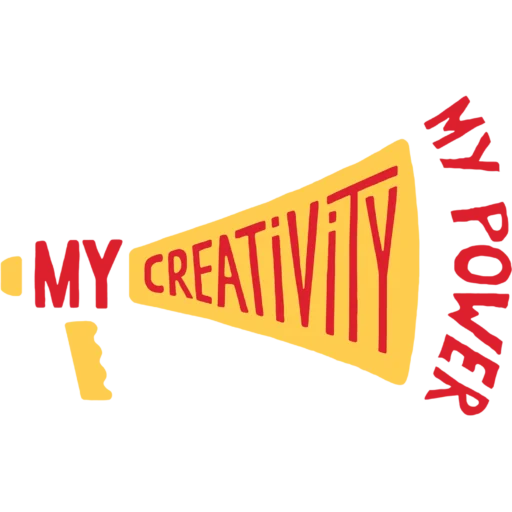Music as spoken language
Description
Make the group experience how music is a means of individual expression such as the spoken language. Make them aware that music in its peculiarity elements of rhythm or dynamic is very close to any human being and can be as such understood and used as a tool for expressive purposes.
Target group
Youngsters from 15 to 23 years
Number of participants
From 10 to 20 + 1 trainer
Environment
Open space or a relatively big room
Materials
Specific clothes to move with freedom / pens / flipcharts /
percussion and other instruments like a piano for example.
Objective/aim
Feel the rhythm and the musical flux with spontaneity, as a physical state and adapt your movements to it.
Step by step instructions
Step 1
The group fills the room and makes some breathing and relaxing exercise on the spot. During this preparation phase the trainer can make the group aware of the “musical” presence of some elements experienced by each of us namely silence, breathing (the regular and harmonic movement in and out of breathing) and heart beating.
Step 2
The trainer explains how to conduct a simple exercise. He will say numbers (1, 2, 3, 4...) corresponding to a different degree of movement (walking, running, stopping, jumping....) which is associated to music.
Step 3
The trainer seats at the piano and starts playing while the group starts moving. The trainer gives initially the group enough time to find a posture or movements which suit the played music. The group has to adapt to the aim of a personal research of association between movement and music and feel internally the association.
Step 4
When the trainer sees that the group is developing awareness and the exercise is becoming more and more natural, then he/she can start
to play different patterns of rhythm and dynamic and couple them with a numbering to be followed by the group.
Tips for the trainer
The process requires a high degree of relaxation and may be preliminary preparation based on breathing and sense awakening in order to make the body ready to feel the musical inputs.
Any other comment
This method is created by and for trained musicians. It makes sense if the facilitators are musicians or at least have some experience and musical experimentation.
